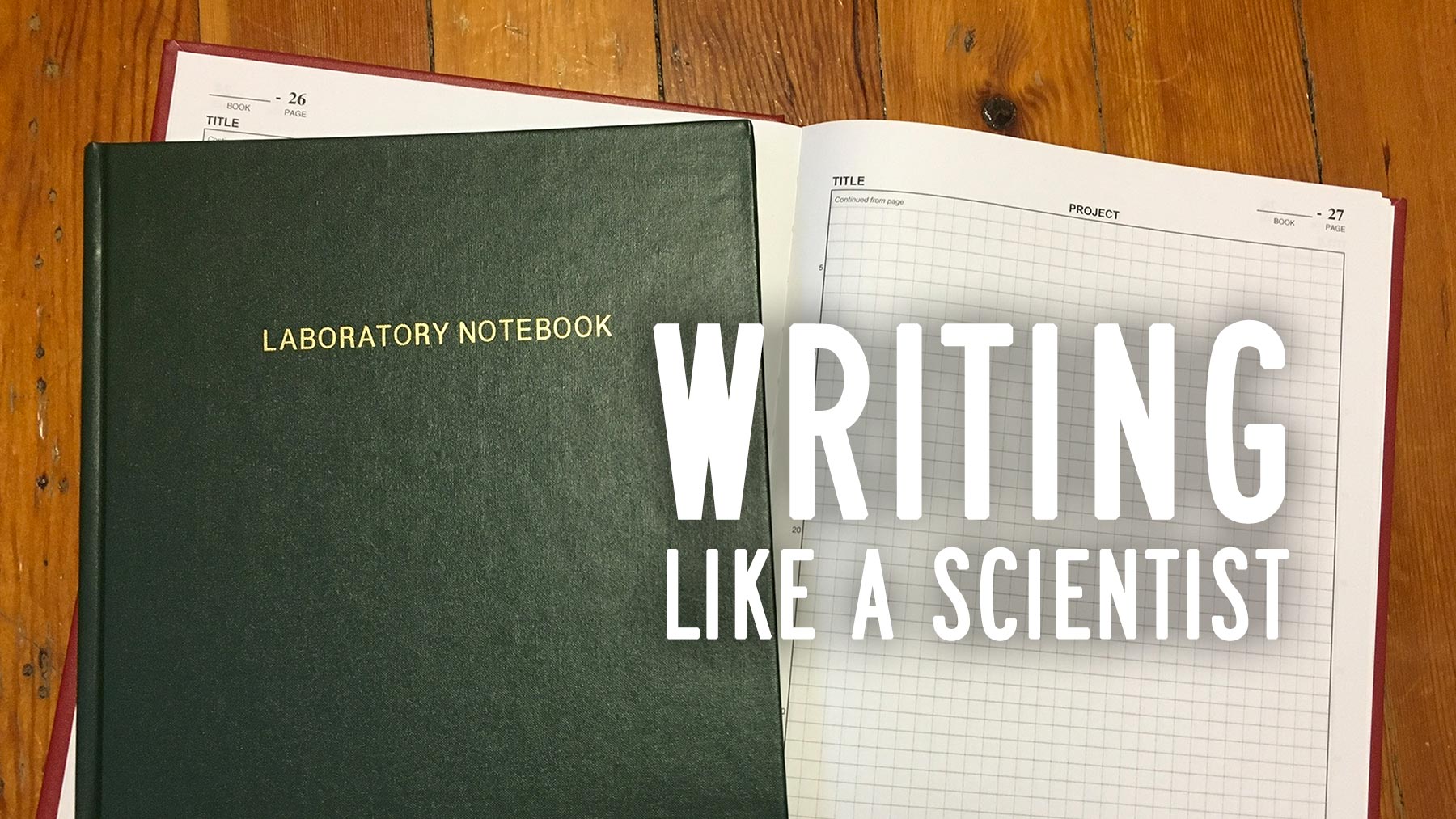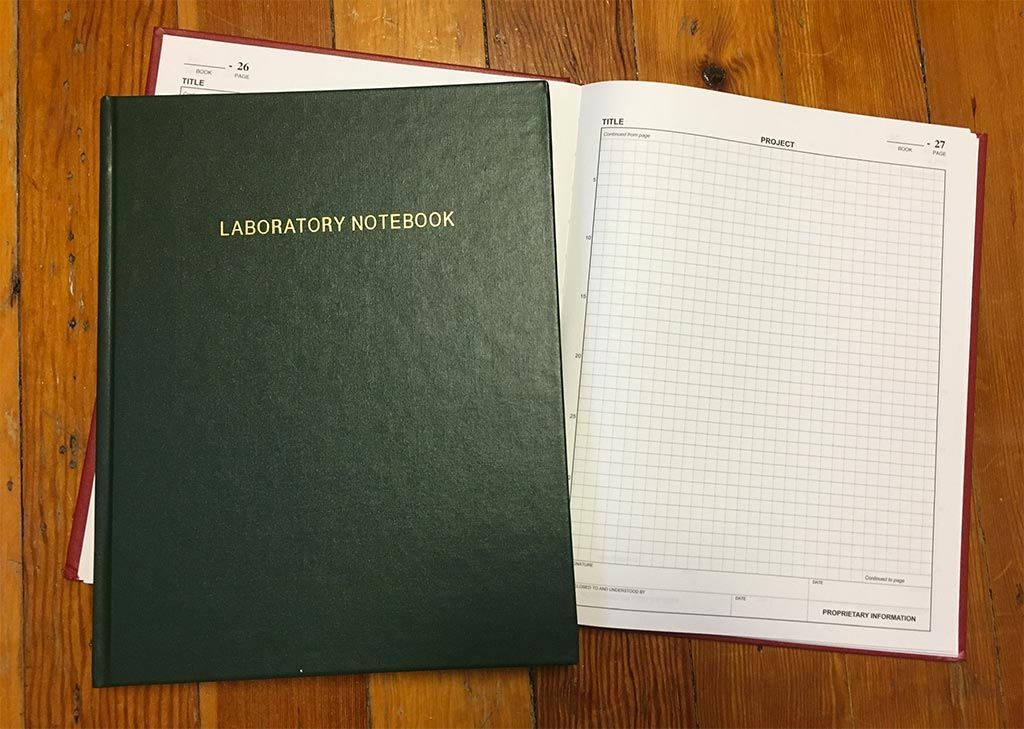Using a lab notebook for science
How we started writing in real lab notebooks for science lessons, starting with learning from real scientists about how they use their lab notebooks.

This is part two in a series about our leveling up our approach to science:
- Thinking like a scientist: The Baloney Detection Kit for kids
- Writing like a scientist (you are here!)
- Using tools like a scientist: Upgrading our microscope
- Dressing like a scientist
Building Foundations of Scientific Understanding Vol. 1 includes many suggestions for ways to incorporate some writing activities, but they just weren't landing with Wanda. We did a lot of conversations about science, and I was able to tell she was retaining and understanding, so I didn't sweat it. Now that we're starting with BFSU Vol. 2, she's a bit older and more skilled in language arts, and the concepts are getting more complex. I felt like it was time to try again with writing, to help cement the concepts in her mind, enhance retention, and learn some solid, practical written communication skills.
For some of our science writing, I'm using The Writing Revolution, I've already shared some of the BFSU-aligned writing activities I've created.
The meatier writing she's doing is in a lab notebook, documenting her experiments.

I bought her an actual lab notebook, just like one a real scientist might use at work. It has a beautiful hard green cover with LABORATORY NOTEBOOK in gold letters, and it lays flat when open. It has a table of contents for her to fill in, and each grid-marked page has a space for a colleague to sign off that they understand what has been written.
To acclimate her to the idea of a lab notebook, we watched several videos with scientists talking about why they keep a notebook, and how they do it. Linked above is a fantastic introduction to lab notebooks, by PhD student Alex Dainis. This really helped Wanda get an idea why we care about lab notebooks.
We then watched this video (I can't embed it, but it's worth bopping over to YouTube to watch) with two much more experienced scientists, volcanologists Dr. Hazel Rymer and Dr. Janet Sumner, chatting together about why they keep notebooks, and how they each have different styles. This reinforced for Wanda that there's no one right way to do it, that each person finds what works for them. It also showed her that it's about documenting reality, failures and all.
These two videos together created that crucial ingredient for a good writing activity: relevance. After watching these, Wanda understood the point in writing down what we were doing: so she could have a reference for her future self, and so others can understand her work and ideally reproduce it and get the same results.

With that in place, Wanda was motivated to capture our experience in words. It's still hard to do. Synthesizing the skills of sentence construction, spelling, handwriting, vocabulary, and using them all to convey some scientific concept she's just getting comfortable with—that's HARD. I don't expect her to do it on her own, and I won't for a long while. I scaffold the writing effort by working together with her to figure out what to write. She's so very much her own person, she often insists the final wording is her own, but I help her identify what information is important and shouldn't be left out.
She's liked her green BFSU lab notebook so much, she also wanted another one in red, to record her own, non-BFSU science experiments. She hasn't started using it yet, but I predict a lot of cat-centered science.

The California Academy of Sciences has a bunch of great resources for educators to help young kids get started with keeping a science notebook. I've honestly only poked around there a bit and haven't used any of them yet, but they're definitely worth a look!

